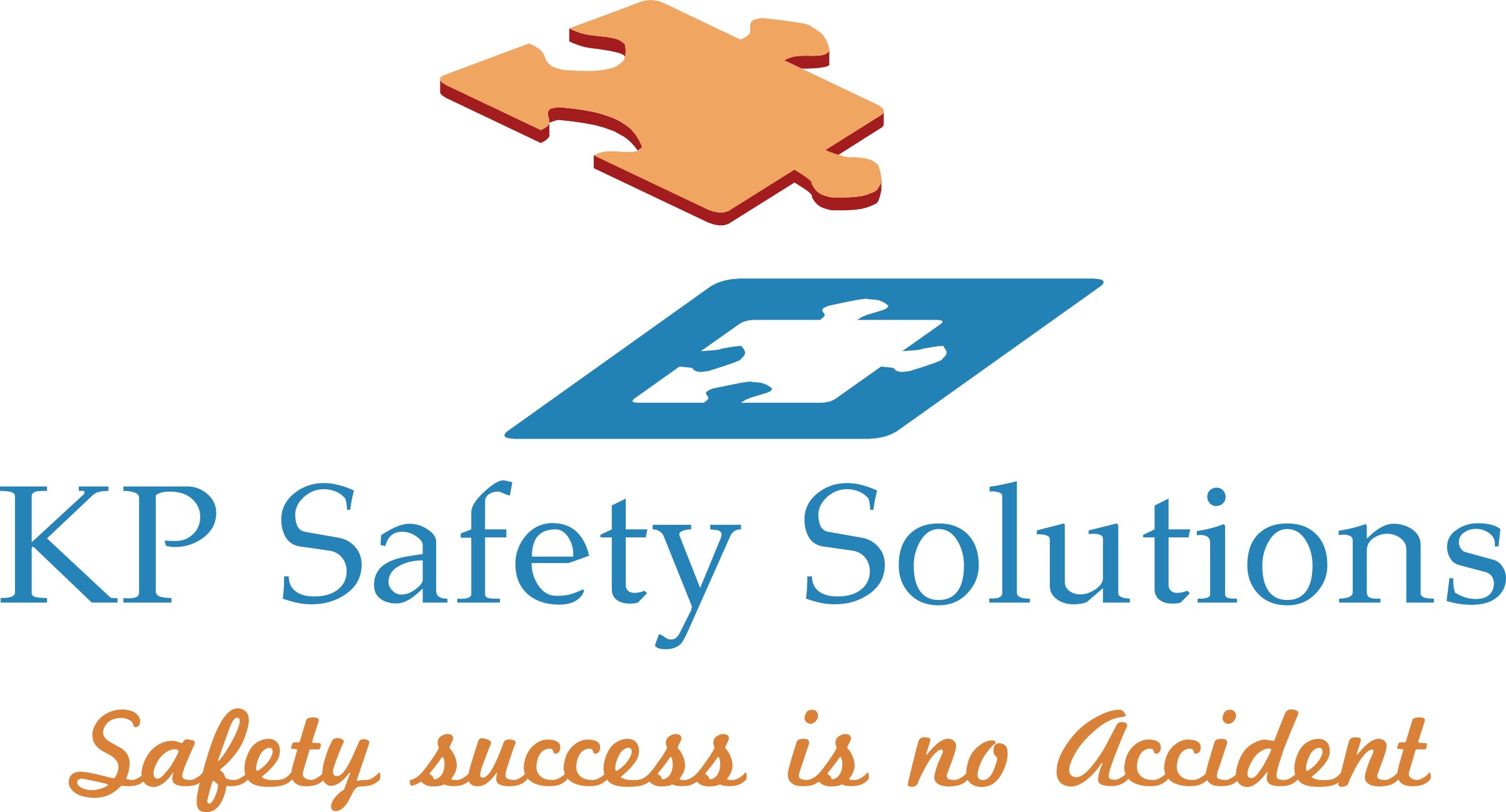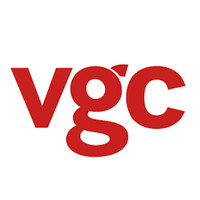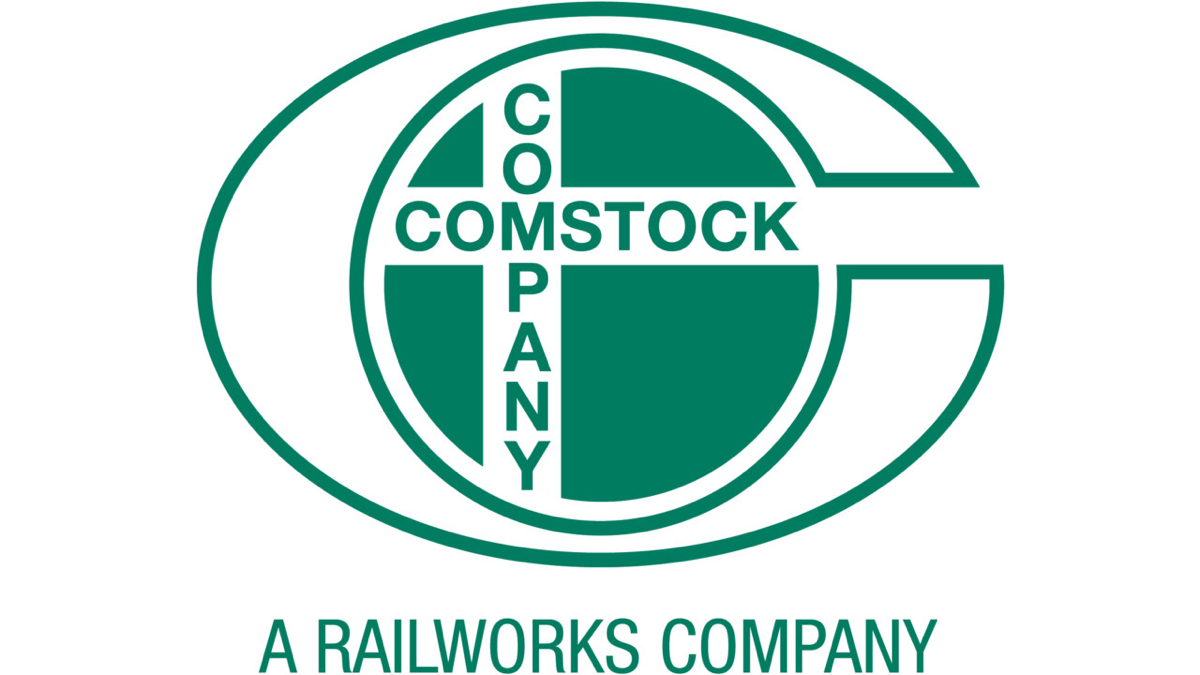Title Page
-
Site
-
Date of inspection
-
Location
-
Person completing inspection
-
Received by site management
Scoring
-
Green - Acceptable, provided that everything reasonably practicable has been done to reduce the risk and the assessment is reviewed at regular intervals & further reduced if possible.
Amber - Action must be taken, including a stoppage of work, if necessary, to reduce the risk level to acceptable and put things right.
Red - Totally unacceptable & the work will not be undertaken until the risk has been significantly reduced.
Audit inspection
Corporate image/information
-
Compound set up, signage, cleanliness, staff dress, attitude, SHE awards, policies, EL insurance, first aiders, etc.
-
Evidence previous issues have been addressed and closed out
Risk assessment & Method Statement
-
Copy available at site (specific to activity and authorised)
-
Controls identified in place and complied with: risk assessment and method statement review sheet completed
-
Evidence of communication – operatives signed into risk assessment
Work at height
-
Prevention of falls from height or falling materials and are they adequate (e.g. work platforms with suitable edge protection or safety harnesses)? Are services trenches protected, fragile roof, statutory inspections, scaff tags, podiums, stepladders, hop ups?
-
Ladders and podium platforms are in good order and free from defects?
Lifting
-
If lifting operations are in progress, asset tags are legible and intact, checked and valid for cranes, hiabs, telehandlers, excavators, etc.
Noise
-
If noisy operations are in progress is hearing protection being worn and has an assessment been made? Are measures in place to prevent activities creating a statutory nuisance in terms of noise?
Vibration
-
If using equipment that is causing hand-arm vibration are operatives aware of and complying with trigger times?
-
Are measures in place to prevent activities creating a statutory<br>nuisance in terms of vibration (e.g. traffic flow near properties)?
Manual handling
-
If operatives are lifting heavy items is a manual handling assessment in place – part of activity risk assessment?
Permit systems
-
Hot works, confined space, permit to dig, permit to load, etc.
Waste/environment
-
Waste (if materials are being taken off site obtain carriers name and destination of load)
-
Waste transfer notes in place (retention 2 years)
-
Register carrier’s licence on file
-
Copy of tip/transfer station licence available
-
Housekeeping and waste being put in right, labelled skips
-
Consignments notes in place for hazardous waste uniquely numbered (rule of 3- producer-carrier-receiver) (retention 3 years)
-
In relation to the selected activity are the necessary permissions / licenses / consents in place?
-
Oil / diesel storage are in bunds and no evidence of significant spillages, spill kits, emergency response?
-
Wildlife (tree or ground nesting birds, bats, badger, licences, etc.)
-
Public/private nuisance (dust, noise, lighting, etc.)
Workplace
-
Access / egress – suitable and safe, planned, maintained
-
Site / work area security adequate with signs and fencing to prevent unauthorised access?
-
Excavations (fenced, designed, PTD, signage)
-
Housekeeping (site tidy and to an acceptable standard – slips, trips and falls)
-
Dust/mud suppression (is dust or mud a problem and is it being adequately controlled, cutting works using dust suppression)
-
Site traffic management (signs, parking, fences, traffic plan)
-
Lighting (adequate for operations in place, including task lighting)
-
Pedestrian routes (are pedestrians adequately provided for/suitable public protection?)
-
Temporary works (inspected, designed, temporary work co-ordinator, roof protection, falsework, formwork)
-
Manholes protected (against damage or contamination while under construction) records of QA completion
Workforce
-
Name of person(s) selected to review training/risk assessments/induction records (state below)
-
PPE correct (mandatory and those identified by risk assessment)
-
Evidence of induction – check register at office
-
Evidence of training (for example, CSCS, CPCS, NPORS, IPAF, NASWRA, etc.)
-
Evidence of last toolbox talk and risk assessment briefings
-
Behavioural (attitude, Thumbs Up, knowledge of task, tidiness, equipment, dress, etc.)
Plant and equipment (including fixed installations)
-
People and plant properly separated & Thumbs up Practiced, buckets grounded and machines isolated if Red Zones are entered)
-
Tool / equipment checks and weekly inspections being carried out by the operator/users
-
Records of Thorough examination readily available at site?
-
Drip trays in place when carrying out filter duties (oil and diesel)?
-
Availability and location of emergency spill kit?
-
Have work equipment been tested in last three months (check for colour code, sticker or tag)?
-
General condition of small tools and equipment (cables, transformers, spider boxes, hand tools, etc.)
-
Are daily plant operator sheets being completed and, where defects are noted, repairs done?
Lifting operations
-
Lifting equipment used (select one, if being used note type and serial numbers)
-
Details of equipment
-
Serial numbers
-
Are thorough (e.g. 12 and six monthly) examination certifications on file and in date?
-
General condition of lifting equipment (check for damage, incorrect use, etc.)?
Materials
-
Storage of materials (safe, prevent loss, damage or contamination, collapse)?
-
COSHH – if hazardous, is COSHH assessment available, briefed to workforce?
-
COSHH – are controls detailed in assessment being complied with?
Welfare
-
Welfare is clean and tidy and cooking facilities are clean, adequate for numbers?
-
Mobile phone, WiFi or Internet connection?
-
Are there sufficient facilities for the people in the area?
-
Is lighting, heating and ventilation adequate in all facilities?
-
Have facilities been cleaned and waste removed?
-
Are drinking water and cups available?
-
Is hot/warm water, soap, towel/dryer available?
-
Has appropriate information been posted (e.g. first aiders, route to hospital, emergency contact details, and site rules, posters, policies, etc.)?
Fire
-
Fire risk assessment and fire-fighting equipment suitable, sufficient and tested?
-
Fire escape (fire escape routes, disabled person(s) obstructions, lighting, etc.)?
-
Risk assessment(s) (materials, petrol, solvents, cylinders, etc.)?
-
Fire prevention (permit systems, debris removal, electrical and test, smoking, etc.)?














